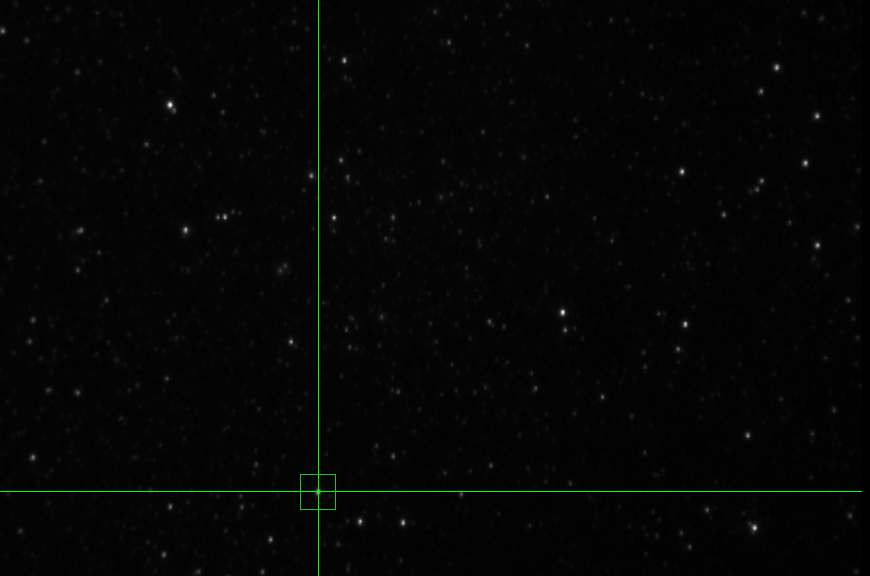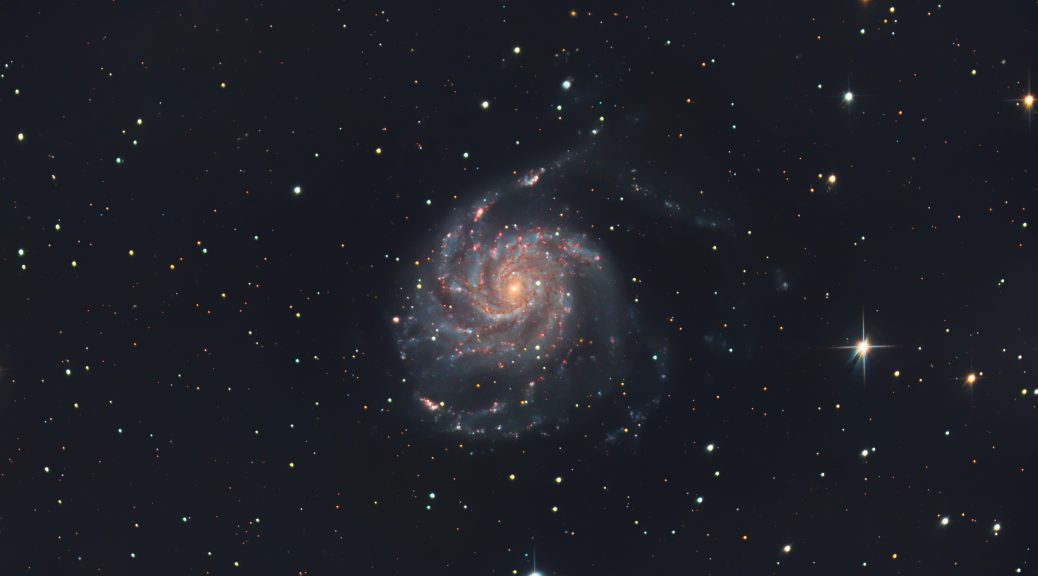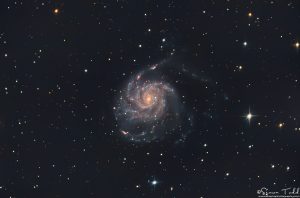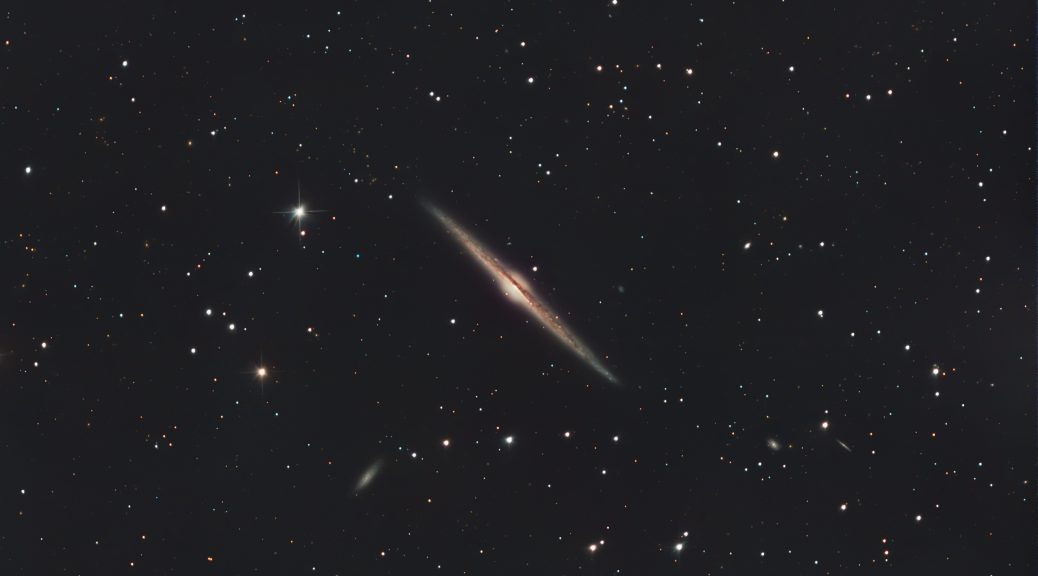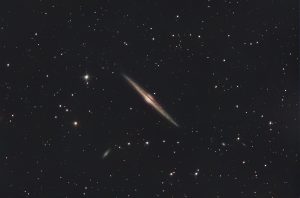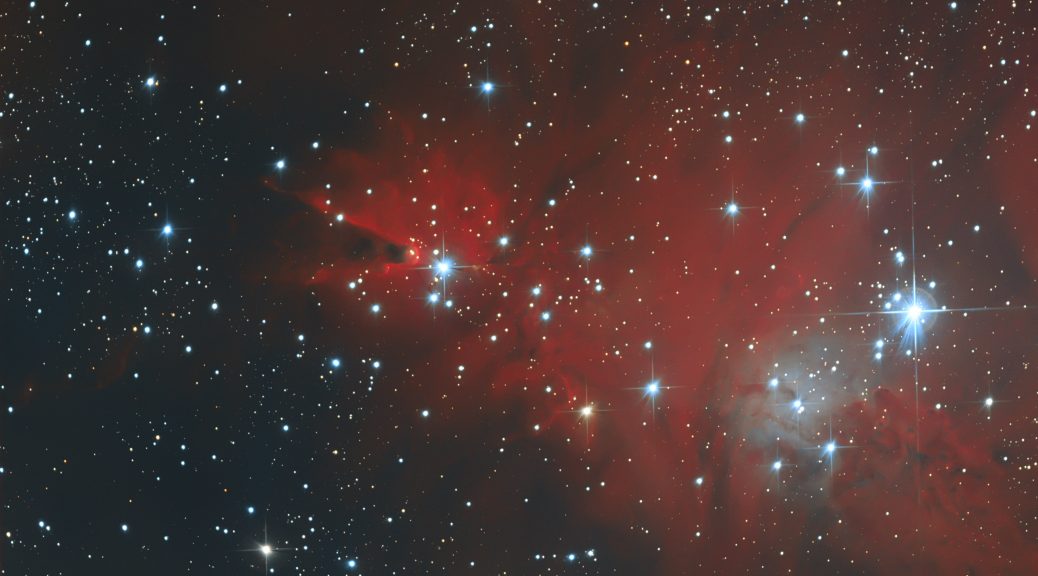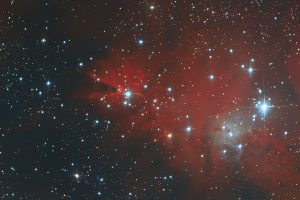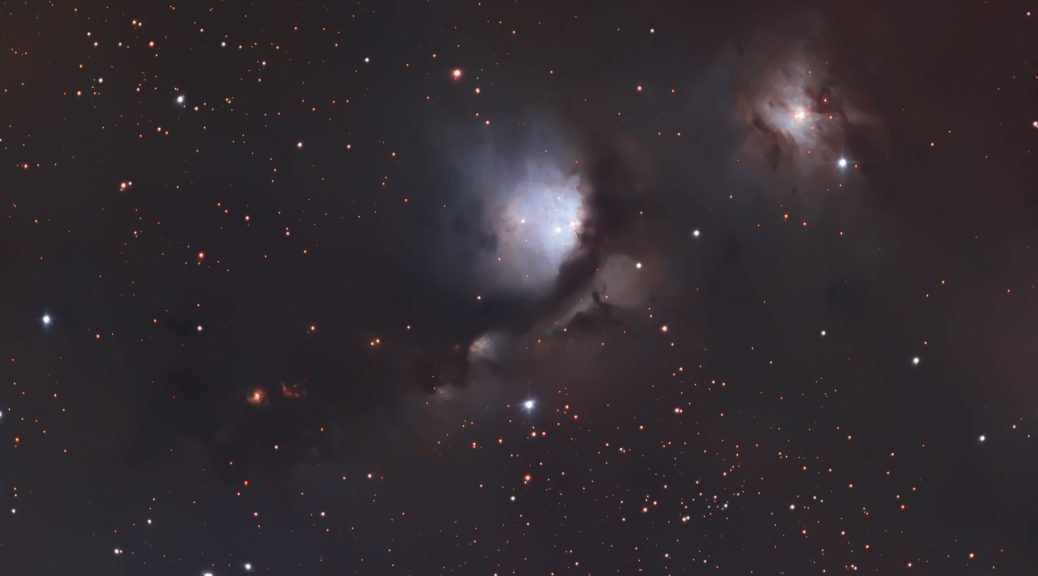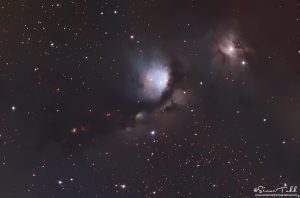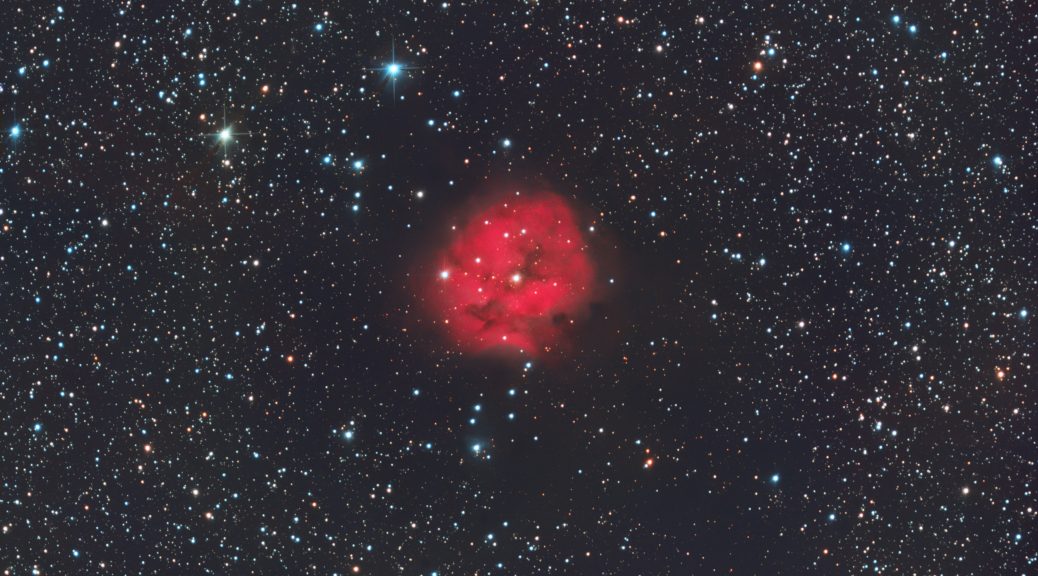I was lucky enough that Terry from StarlightXpress sent me a Lodestar X2 for me to test to see how well it performed against my existing guider camera, so it only seemed fair that I provide my feedback via an equipment review. Many who know me know I have been using a QHY5L-II camera as a guide camera for a few years now but after seeing a few of my fellow astrophotographers using the Lodestar cameras it seemed silly not to try one out.
In comparison to the QHY5L-II the Lodestar X2 is a true CCD camera and not a CMOS camera, so immediately this would yield some higher sensitivity in what stars can be selected. One thing that is immediately noticable between the cameras is the Lodestar X2 is longer than the length of the QHY5L-II.
Just to add some more comparisons:
| QHY5L-II | Lodestar X2 | |
| Sensor | Aptima MT9M034 | Sony ICX829 |
| Sensor Type | CMOS | CCD |
| Sensor Size | 6.66mmx5.32mm | 6.47mmx4.81mm |
| Pixel Size | 3.75um | 8.2umx8.4um |
| MPX | 1.2mpx | 0.4mpx |
| QE | 74% | 77% |
| Length | 54mm | 85mm |
| Weight | 45g | 50g |
| Cost (27 Aug 2019) | £175 | £378 |
The first time I used the Lodestar X2, I was shocked at how many stars were in the field of view, for the same 2 second exposure I usually guide at there was a lot of stars to choose from, far more than I could see with the QHY5L-II, there is probably a number of reasons for this, higher sensitivity of the CCD Sensor, slightly higher QE, but also the FOV, with the QHY5L-II on my 8″ Quattro with a 0.73x reducer it would yield a field of view of 0.47°x0.35°, the Lodestar X2 on the other hand would yield a field of view of around 0.6°x0.48°.
Since I use PHD2 for guiding one thing that was immediately apparent was the built in driver for StarlightXpress cameras, I asked Terry which would be the best to use, he said either, it makes no difference, so I tested this and he was right, the in built driver and ASCOM driver produced the exact same result, I remember specifically with the QHY5L-II that QHY recommend you do not use the in built driver and always use the ASCOM driver. When firing up the Lodestar X2 in PHD2 I built my dark frame library in order for me to see how good the ICX829 was for noise, so I compared the 2 second exposures and there was very little difference between using a dark frame library versus not using one, the QHY5L-II definitely requires a dark frame library in PHD2 that’s for sure!
My first night of guider testing seen a little bit of odd behavoiur with the Lodestar X2, since I am using the Pegasus Astro Ultimate USB Hub, I had everything connected in there, including the QHY183M which is a USB3.0 camera albeit connected to a USB 2.0 hub. When the camera was downloading the image the Lodestar would display an array of dots on the screen. Terry confirmed that it was an indication that it was dropping down to USB 1.0 speed. It turns out that when I did the same thing with the QHY5L-II as the guider camera, the QHY5L-II would actually go unresponsive according to PHD2, so I moved the imaging camera to a dedicated USB 3.0 port on the Intel NUC and never had a repeat of the issue on either camera.
PHD2 has no issues picking up and selecting a guide star, there’s plenty of stars to choose from

Conclusion
The Lodestar X2 is awesome as a guide camera, it works extremely well, very sensitive, the only drawback in my opinion is price, at over double the price of the QHY5L-II camera maybe a tad out of some folks price range.

